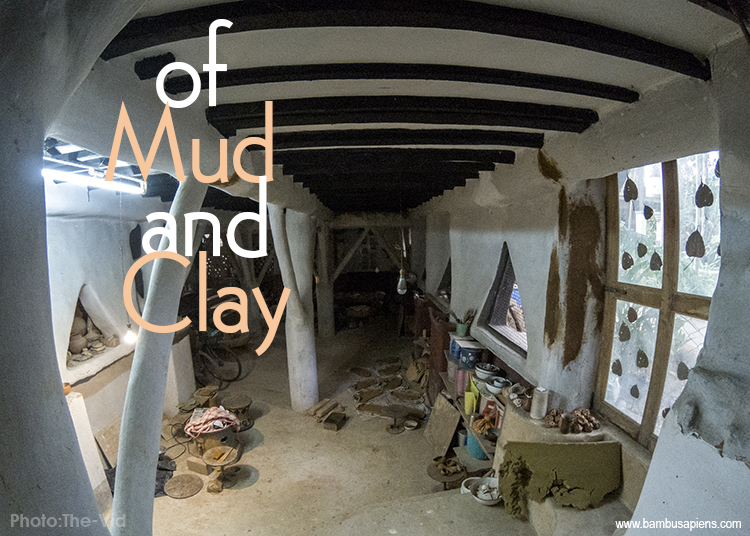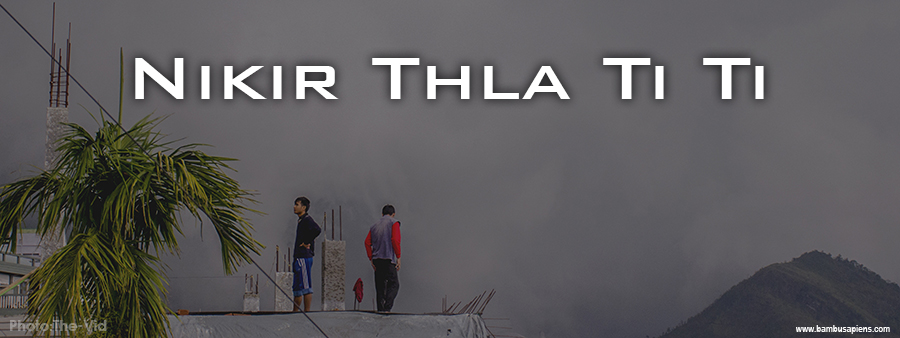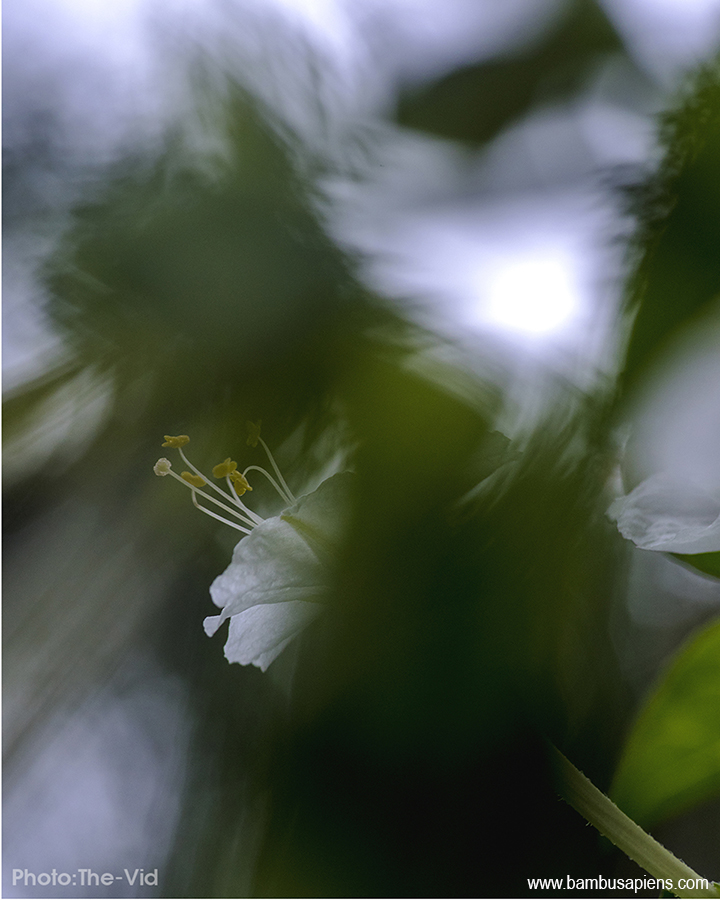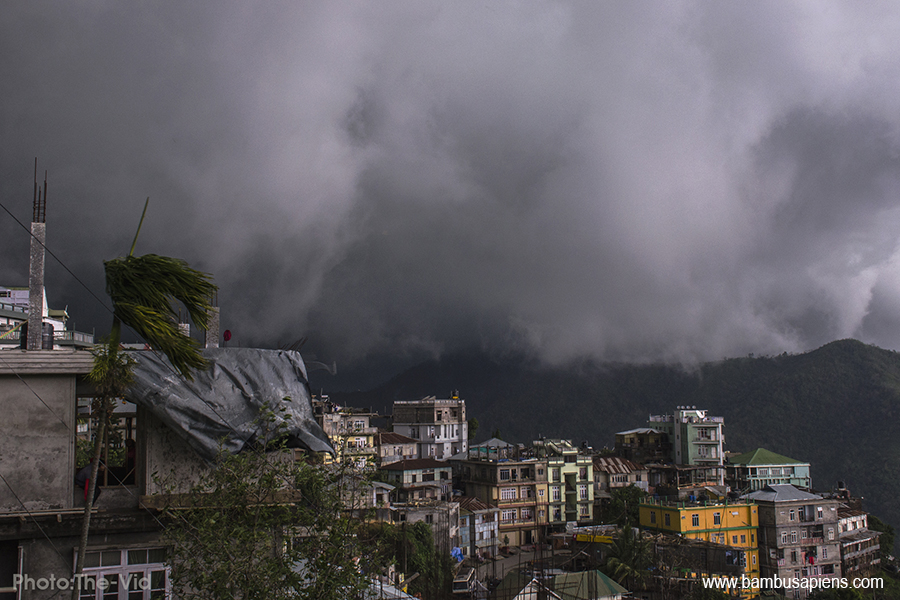Pedology is a part of an ecological science that deals with the study of soil. In which, determination of soil texture is an important part. Silt, Clay and loam are the three important particles of soil texture. Their concentration in the soil determines the texture and physical quality of a soil. These are some few lines that I could remember from my formal education about clay and other forms of soils.
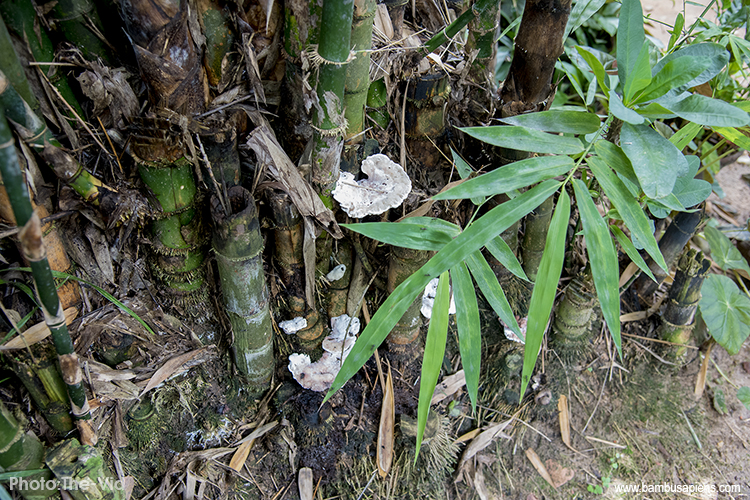
For me, soil is a growth medium. Soil is an anchor. But to many, soil is not just a growth medium nor just an anchor. It is a medium for their expressions.

Everyone knows about pottery. Normally we get our Porcelain and ceramic products from the Mandarin source. And of course, they are normally meant for domestic uses. Hence, pottery, to me, was more of a functional works, than artistry, until I met this couple in Aug. 4, 2017.

Being an art follower, my artist friends – John and Kimtea, a Kala Bhavana Alumni along with Thara, took me to Goalpara, a village next to Santiniketan. While returning, we went to the studio of this couple. Their studio and their house were a creation, skillfully crafted, and artistically conceptualized. It would be every artists dream to have such a studio!

I have been studying, teaching and researching on ecology for quite a few years now. I campaigned for ecological conservation among the teenagers. I used to talk about living in harmony with nature. I used to enjoy camping in the wild, among the bushes and the trees. But never ever have been connected with nature as much as I wished to.
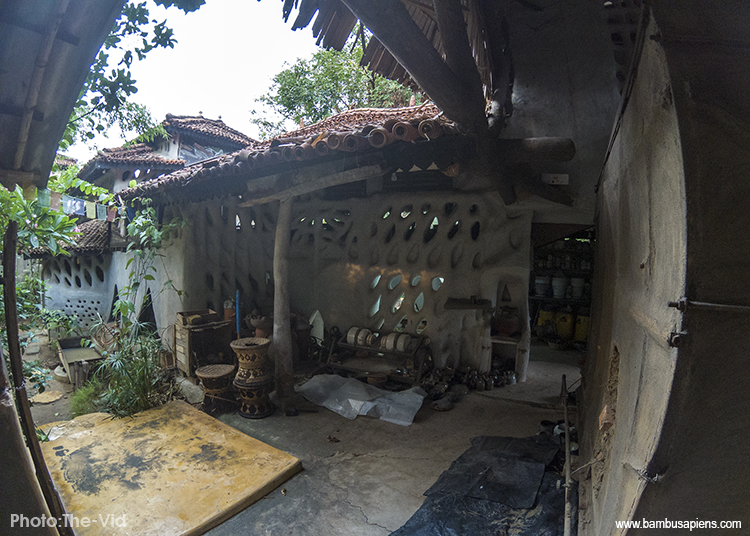
Here at Boner Pukur Danga, Santiniketan, I met two artist, whom mother nature matched them together perfectly. They draw their inspirations from nature – the trees, the bushes, the grasses and the socio-cultural lifes of the Santhali community. Even though they could easily get their medium through online market, they prefer the materials which nature provided them. They dug the soil, and prepare their medium themselves.

For a 3dimensional art works like ceramics, shapes and forms are the two important elements, in fact the whole concept is influenced by these two elements. Being a nature lover, Bityut and Lipi’s inspirations of forms and figures which they incorporate in their art works are from nature itself.

When asked why they live in such an isolated place, “I love the culture, traditions and the lifestyle of the Santhali community. If I lived in their village, I would distract them, so I choose a place where I could see them, where I could witnessed their simple yet riched lifestyle; a place near by them, without disturbing them” Mr. Bityut Roy replied.
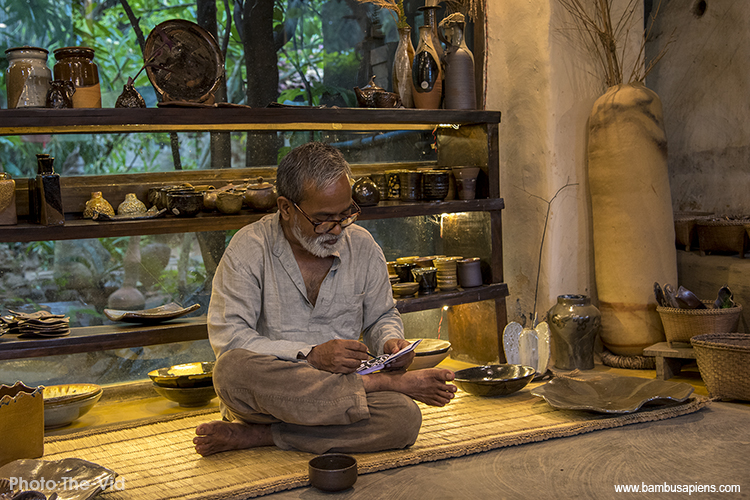
“I am not a trained potter, but a painter. My interest and sources of inspiration is from the nature. My love for fine art and nature brought me here” said Mrs Lippi Biswas.

Bityut and Lipi tie a knot in 1995. Since then, they have been in this field together. They enjoy what nature had provided them. For them, conservation is a lifestyle.
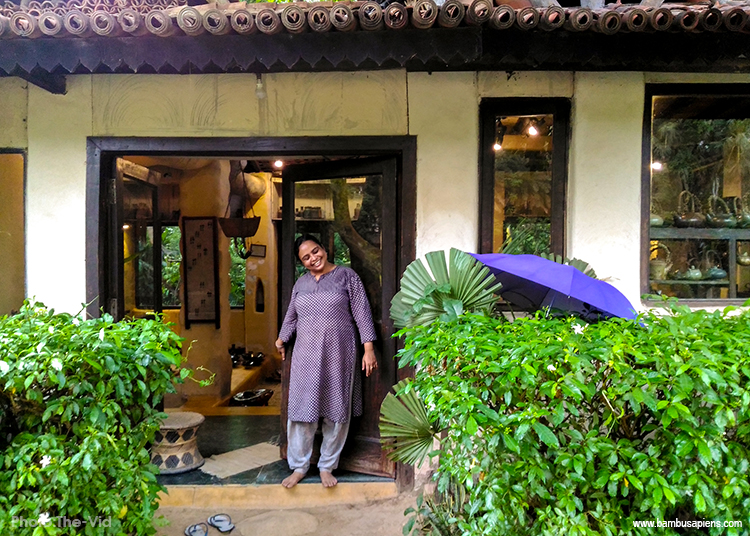
As you walk into the studio, you can feel the swaying of the trees, the melody of the swirling leaves. It seems like a transect walk in a tropical forest, amidst the fog and the mist, accompanied by a drizzle to turn the mercury down.
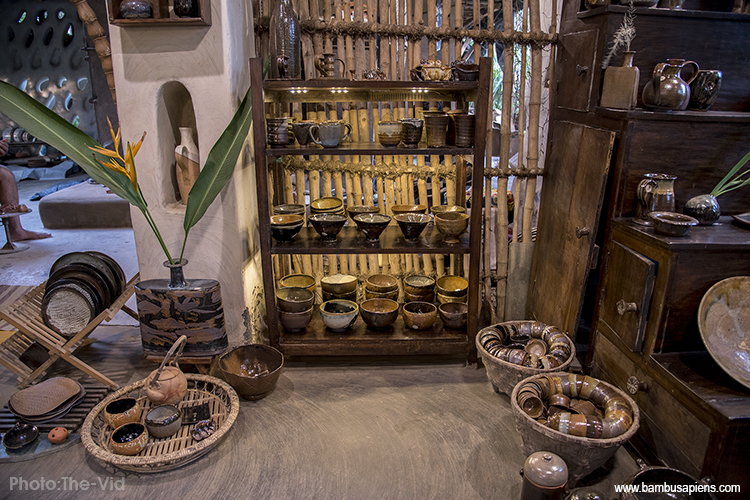
You can hear the rippling streams. You can feel the chirping birds that are perching around, the croaking of a toad and the aroma of wild flowers blown by the cool breeze. At one corner, you can hear the rhythm of a Santhali percussion and the melodious tune of the womenfolks. It feels like we are more connected with mother nature.

For those of you who love nature and fine art, it is a must to visit the ‘Studio Boner Pukur Danga,’ but you have to be extremely careful not to break those fossils of nature embedded in an art work. And of course, buy from them!
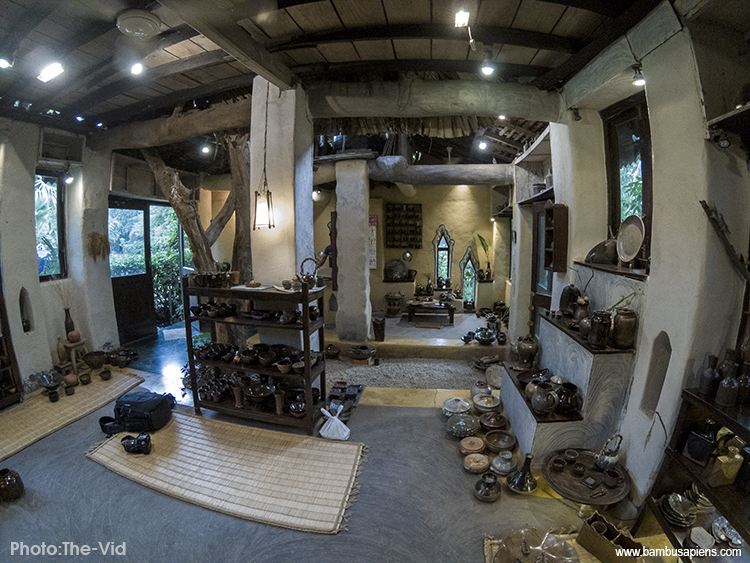
My second visit was on May 30, 2018. This time, I was accompanied by my lovely wife Rebecca and Mr. Jubal, a ceramic artist from Kala Bhavana. My wife was so much drawn into those art pieces that she was reluctant to leave!

You can reach them here:
Call: +919679984008 (Lipi Biswas)
via e-resources: marangburu@yahoo.com; studiobonerpukurdanga; studiobonerpukrudanga
